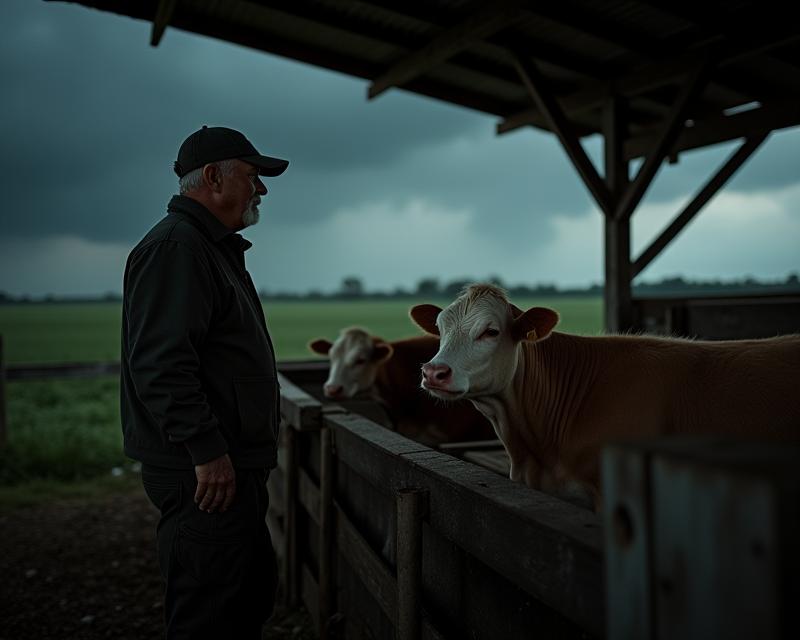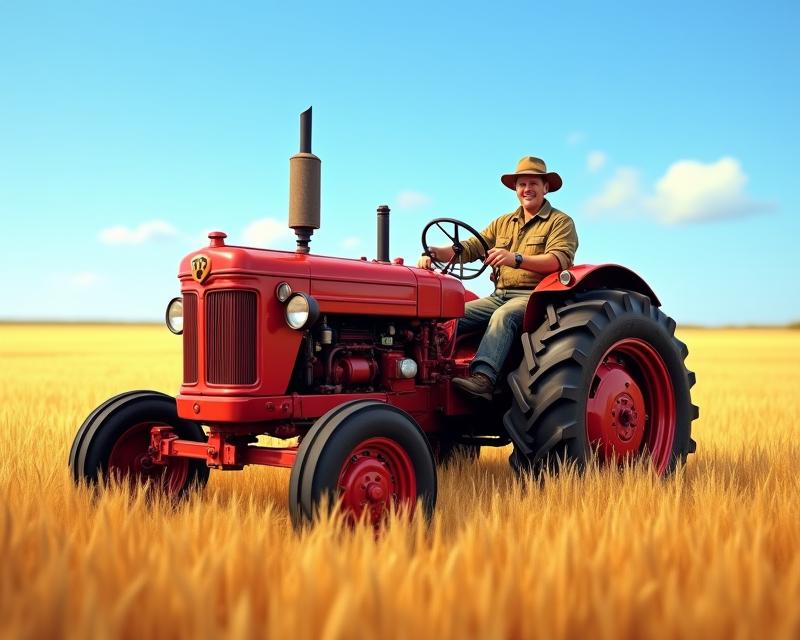Storm Ready: Protecting Your Farm
Publish in Farm Life el 28/06/2025 22:43
Storm Ready: Protecting Your Farm
Life on a farm is deeply connected to the land, and that connection also means being vulnerable to the power of nature. From sudden thunderstorms to devastating hurricanes, storms and natural disasters can pose significant threats to your livelihood, your livestock, and your property. But with a little planning and preparation, you can significantly reduce the risks and protect what you've worked so hard to build.

Before the Storm Hits: Preparation is Key
The most important time to prepare is *before* a storm is even on the horizon. Start by creating a comprehensive emergency plan. This plan should include evacuation routes, communication strategies (how will you contact family, neighbors, and emergency services?), and designated safe zones on your property. Make sure everyone on the farm knows the plan and their roles.
Don't forget about your equipment! Secure loose items like tools, machinery, and fencing. Bring anything portable indoors or tie it down securely. Inspect your buildings for any weaknesses and make necessary repairs. Consider investing in flood insurance, especially if you live in a flood-prone area. Also, have a well-stocked emergency kit with essentials like water, non-perishable food, first-aid supplies, flashlights, and a battery-powered radio.
During the Storm: Safety First
During the storm, prioritize safety above all else. Stay informed about the storm's progress by monitoring weather reports from reliable sources like the National Weather Service. Avoid being outside during the worst of the storm. If you have livestock, ensure they are in secure shelters and have access to food and water. Be aware of potential hazards like downed power lines and flooding. Never drive through flooded roads – turn around, don't drown!
After the Storm: Assessment and Recovery
Once the storm has passed, assess the damage carefully. Document everything with photos and videos for insurance purposes. Check your buildings, fences, and equipment for damage. Be cautious of hazards like debris, weakened structures, and contaminated water. Contact your insurance company to file a claim. Reach out to your neighbors and offer assistance. Recovery takes time, but with resilience and community support, you can rebuild and get back on your feet. Remember to prioritize your well-being and the well-being of your family and animals.
- Have an emergency communication plan.
- Secure loose objects.
- Inspect buildings for weaknesses.
- Monitor weather reports.
Protecting your farm from storms and natural disasters is an ongoing process. By taking proactive steps, you can minimize the impact of these events and ensure the long-term sustainability of your farm.





